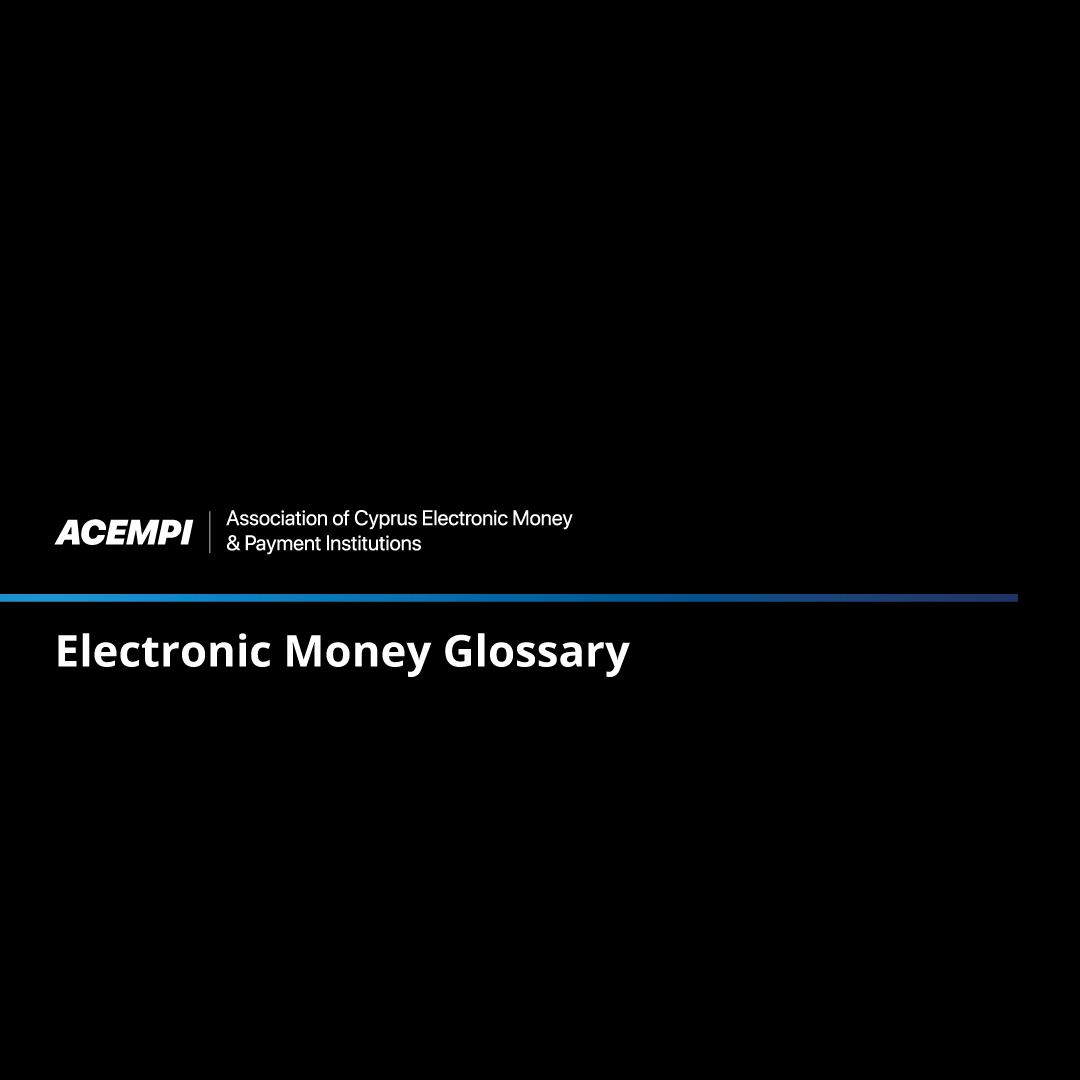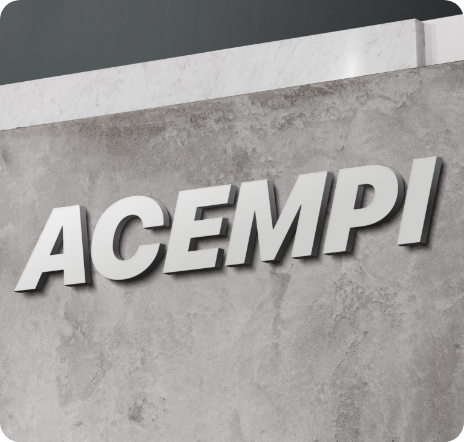Gleb Kozlov, CEO of KoronaPay Europe, explains why the financial technology sector is not a zero-sum game as it is sometimes described but one in which banks and payment systems can coexist in a mutually beneficial way.
The payments industry is extremely fragmented -there are more players than ever and it would appear that the breakneck pace of innovation has accelerated this fragmentation. Why is it so challenging to harmonize the industry and do you see a way for the industry to defragment itself?
There is an awesome Chinese proverb, taken from an ancient poem, that says “Let a hundred flowers bloom”. This ancient thought perfectly encapsulates the competitive nature of the market economy. There is nothing wrong with the fragmentation of the payments industry. In this market, or in fintech, there are still a great many niches that are expecting innovative solutions and automation. The number of niche players will only bring more value to the market – they will design better products to withstand the competition and close the micro-needs of the market. At the end of the day, the consumer benefits from the competition.
The pandemic has reinforced major shifts in payments behaviour: cash is no longer king, migration from in-store to e-commerce has increased and instant payments have become more widespread, among others. So, which of the shifts observed in the past two years do you think will be permanent? Are consumers likely to revert to their old habits at all?
There can be no doubt that COVID-19 caused a cascade of changes and shaped the new reality of remittances and, indeed, global fintech. New customer behaviour patterns will persist and strengthen. These are the shift to digital, the reduction of the cost of remittances and the renewal of digital payments regulation. Even slight modifications to the structure of cross-border money transfers, let alone a massive meltdown of the COVID-19 kind, have the power to severely affect developing economies. Considering the importance of remittances for people struggling to subsist on a dime a day, the sheer possibility of transferring money, the expense of remittances, and the ease of gaining access to such services strongly affected people’s quality of life during the pandemic.
With so many new entrants each year, payment industry players will need to find ways to stand out. In the never-ending search for differentiation, what specialised services or products do you see emerging within the industry?
The answer to the question of differentiating a business from its competitors lies in the niche that the company plans to occupy and the “pain” of the user that it intends to address. In this respect, KoronaPay’s goal is to create a financial ecosystem for our key audience of migrant workers. Beyond the anchor money transfer service, the ecosystem will comprise prepaid and virtual cards, BNPLs, and handy add-on services such as airline tickets, legal and consulting assistance services associated with legalisation in the state of residence, insurance products, etc.
Although banks may be late to the party, they are already adapting to the new real-ity. Do you see them presenting a serious threat to the industry? Jamie Dimon, JPMorgan Chase’s CEO, once said something that has since become a catchphrase: “Silicon Valley startups are coming to eat Wall Street’s lunch”. To rephrase that in the light of to-day’s reality, fintechs have not only failed to finish the banks’ lunch but they’ve also failed to put the banks on a diet in any discernible way! The bottom line is that “lunch” is big enough for everyone to get theirs.
The financial technology sector is not a zero-sum game. Banks and payment systems constitute an ecosystem of mutually beneficial coexistence. The idea that fintech will soon take business away from banks has been brewing for the last 15 years. But if we keep a sharp eye on the issue, banks are still in the same strong stance against fintechs as they used to be, even 15 years ago. And while we’re seeing some outstanding examples of the banking industry being reinvented by fundamentally new players, the fintech revolution, as envisioned in the second half of the 2010s, hasn’t happened. Banks have an infrastructure in which they show the utmost expertise. Payment and money transfer companies focus on what they do best – creating a convenient product and attracting the customer. Both successfully monetise their competencies.
Although banks may be late to the party, they are already adapting to the new reality. Do you see them presenting a serious threat to the industry?
The payment landscape has changed dramatically since the adoption of PSD2. Technology and business processes are several years ahead of regulation; hence adaptation is essential. The new directive should outline procedures for solutions already in use and legitimise them, such as the automation of the customer onboarding pipeline in terms of KYC, AML and remote customer identification. Ethical issues in the payment industry also require attention. In particular, the interaction and compliance of PSD2 with GDPR personal data legislation.
Given the highly competitive nature of the industry, how do you differentiate KoronaPay Europe from other major players?
Let me highlight three main competitive advantages of KoronaPay. First, our Focus. KoronaPay is a mono-product company, focused on providing money transfer services within a distinct geographic perimeter: Europe and Central Asia. We don’t aspire to cover 200 countries solely for flashy investor pitch decks, but around 50 that have a brisk and regular cash flow. Second, our Technology. Our mission is to improve the lives of labour migrants and their families by building the fastest, most convenient, and most competitively priced money transfer services in Europe. We’re keen to be always more accessible, in every sense. Following the mission, we’ve developed an AI-driven engine to scan competitors’ exchange rates and commissions and set a market-beating cost of transaction, every time. This killer feature, among other innovations, has allowed KoronaPay to attract 13 million users so far. Third, our Infrastructure. KoronaPay uses a hybrid business model. Developing the app and web transfers, the company has an extensive high street network of 68,000 partner outlets for sending money and cash pick-up.
What’s next for KoronaPay Europe?
Our immediate plans on the way towards revenue growth include improving the product offering in the countries where KoronaPay operates nowadays. We have entered into new partnerships to offer even better value for money transfers, delivering a range of options to send and receive money.












